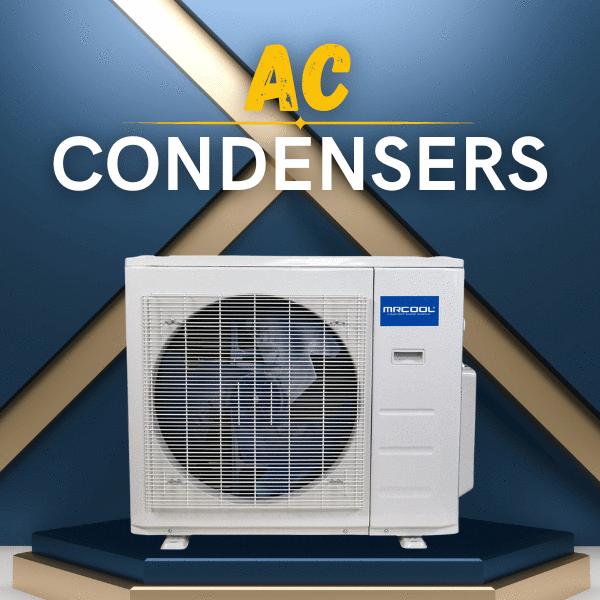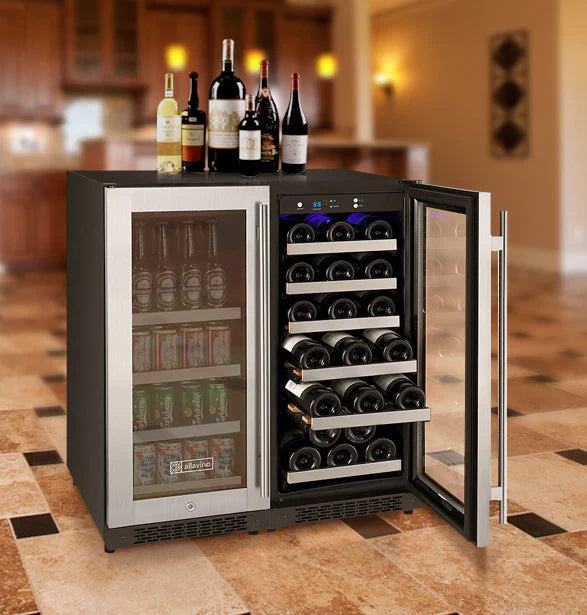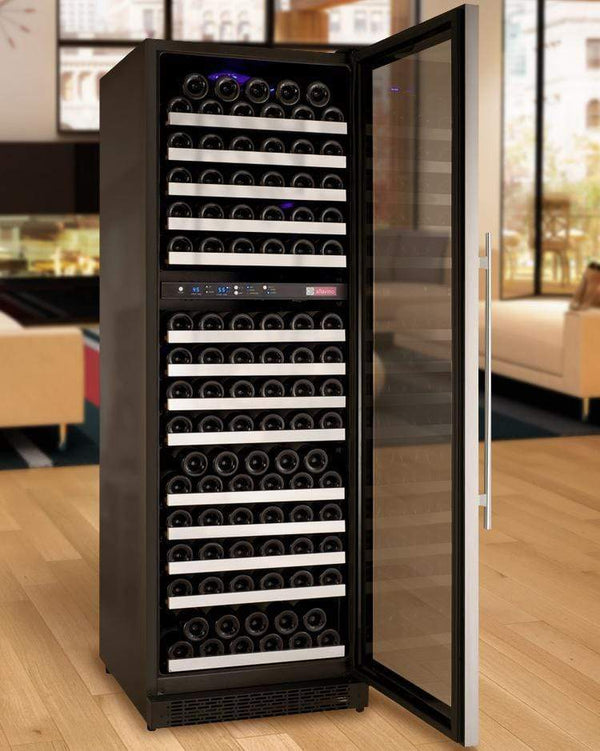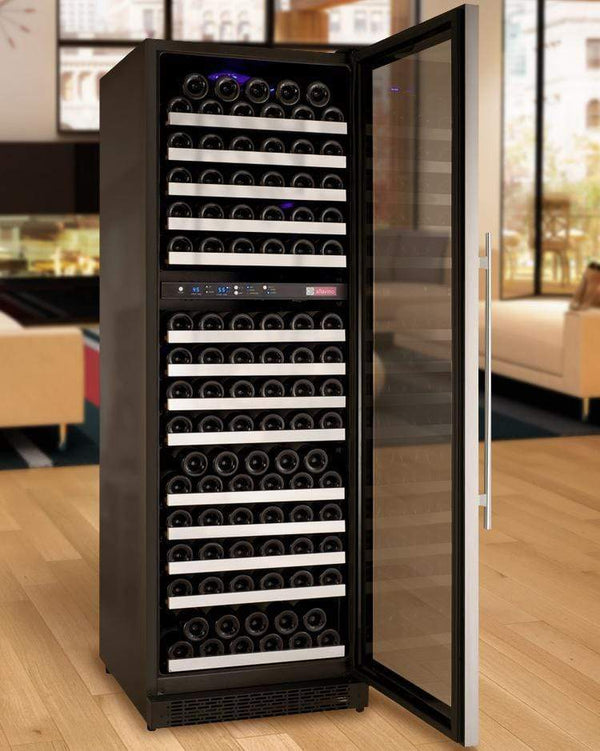Best Cigar Humidors Storage Guide: Top Tips & Solutions
Why Proper Cigar Storage Matters
By Jim Hopper, Wine Cooling Expert
Whether you’re a seasoned aficionado or just starting your cigar journey, how you store your cigars is just as important as which cigars you buy. Proper storage preserves flavor, ensures a smooth smoke, and protects your investment. The right humidor is essential for keeping your cigars fresh, flavorful, and ready to enjoy at any moment.
What Is a Cigar Humidor?

A cigar humidor is a specially designed container that maintains the ideal environment for storing cigars. By carefully regulating humidity and temperature, humidors prevent cigars from drying out, becoming too moist, or losing their unique flavors. Most quality humidors use Spanish cedar wood for its ability to retain moisture and enhance the aroma of your collection.
Why Do You Need a Humidor?
Cigars are made from natural tobacco leaves that are sensitive to environmental changes. Without proper storage:
- Cigars can dry out, leading to cracked wrappers, harsh flavors, and fast, uneven burns. - Excess humidity can cause mold, swelling, and difficult lighting. - Fluctuating conditions can dull the flavors and aromas that make cigars special.
Short-term solutions like plastic bags or tupperdors may work in a pinch, but for long-term preservation and aging, a dedicated humidor is the best choice.
Types of Cigar Humidors
There are several types of humidors to suit different needs and lifestyles:
- Desktop/Tabletop Humidors: Compact, stylish, and perfect for home or office use. Ideal for collections of 25–100 cigars.
- Cabinet Humidors: Large and often elegant, designed for serious collectors. They can store hundreds or even thousands of cigars.
Curious about scaling up your storage? Explore our recommendations and tips in Large Humidors for Serious Cigar Enthusiasts.
- Travel Humidors: Portable and durable, these keep a handful of cigars protected on the go.
- Electric/Digital Humidors: Feature advanced controls for precise humidity and temperature, often with digital displays.
Want to learn more about premium electric humidors? See our complete overview of Raching Cigar Humidors for expert insights and model comparisons.
- Alternative Solutions: Acrylic humidors, tupperdors (plastic containers), and coolerdors (converted coolers) offer affordable and effective storage with the right humidity control.
Each type has its pros and cons, depending on your collection size, budget, and storage location.
Key Features to Look for in a Humidor

When choosing a humidor, consider these essential features:
- Size and Capacity: Choose a humidor that fits your current collection with some room to grow.
- Humidification System: Options include traditional sponges, gels, beads, or modern two-way humidity packs. Two-way systems, like Boveda, both add and absorb moisture for consistent control.
- Material: Spanish cedar is preferred for its moisture retention and aroma-enhancing qualities. Acrylic and tempered glass are popular alternatives.
- Seal Quality: A tight seal prevents humidity from escaping and keeps conditions stable.
- Temperature Control: Especially important in electric humidors, or if you live in an area with temperature extremes.
- Additional Features: Look for hygrometers (to measure humidity), dividers, locks, and interior lighting for convenience and security.
Alternative Cigar Storage Solutions
While traditional wooden humidors are popular, several alternative storage setups offer effective and affordable options for different needs:
Tupperdors and Coolerdors:
A tupperdor is a simple airtight plastic container, while a coolerdor uses a larger cooler. Both can outperform inexpensive wood humidors when paired with quality humidity packs and a digital hygrometer. They’re ideal for beginners, those on a budget, or anyone needing to store a large number of cigars without investing in a cabinet humidor. Setup is easy: add a two-way humidity pack and a calibrated hygrometer, and you’re ready to go.
Acrylic Humidors:
Acrylic humidors provide a clear, airtight environment that’s easy to maintain. When combined with modern humidity control packs, they offer consistent storage and let you easily view your collection.
Travel Cases & Humidor Bags:
For short trips or outdoor activities, portable travel cases and humidor bags keep a handful of cigars protected from damage and humidity swings. These are perfect for vacations, golf outings, or any time you’re on the move.
Electric Humidors:
Electric or digital humidors feature automated humidity and temperature controls, making them ideal for large collections or climates with significant temperature swings. They require minimal maintenance and provide precise conditions for long-term aging.
Comparison Table of Storage Options:
| Storage Solution | Capacity | Cost | Maintenance | Portability | Best For |
|---|---|---|---|---|---|
| Wooden Humidor | 25–1000+ | $$–$$$$ | Moderate | Low | Home, serious collectors |
| Tupperdor/Coolerdor | 20–500+ | $ | Low | Low | Budget, large storage |
| Acrylic Humidor | 20–100 | $–$$ | Low | Medium | Easy viewing, beginners |
| Travel Case/Bag | 2–15 | $ | Low | High | Travel, short-term use |
| Electric Humidor | 50–1500+ | $$$–$$$$ | Low | Low | Large collections, automation |
Setting Up Alternative Storage
- Tupperdor/Coolerdor: Use an airtight container, add a two-way humidity pack (like Boveda), and place a digital hygrometer inside. No seasoning required.
- Acrylic Humidor: Add a humidity pack and hygrometer. Ensure the lid seals tightly.
- Travel Case/Bag: Slip a small humidity pack inside with your cigars for trips.
- Electric Humidor: Follow the manufacturer’s setup instructions; most require plugging in, adding water or humidity solution, and setting your desired levels.
How to Set Up and Season Your Humidor
Proper setup is crucial for your humidor’s performance. Here’s how to do it:
- Calibrate the Hygrometer: Ensure your hygrometer gives accurate readings before placing it in the humidor.
- Season the Humidor: - Wipe the interior with a cloth dampened (not soaked) with distilled water, or use a seasoning pack. - Place a small dish of distilled water or a humidification pack inside. - Close the lid and leave it for 3–5 days to allow the wood to absorb moisture.
- Install the Humidification Device: Fill or activate your chosen humidification device and place it in the humidor.
- Monitor Humidity: Aim for 65–72% relative humidity before adding cigars.
- Add Cigars: Once the desired humidity is stable, fill the humidor at least halfway for best results.
Ideal Conditions for Cigar Storage
For most cigars, the sweet spot is:
- Humidity: 65–72% relative humidity (RH)
- Temperature: 68–72°F (20–22°C)
The “70/70 rule” (70% RH at 70°F) is a reliable guideline, but you can adjust slightly based on your preferences or local climate. Too much variation can lead to flavor loss, mold, or beetle infestations.
For a more detailed breakdown of ideal humidity levels and how to maintain them, check out our Optimal Humidor Humidity guide.
Why Humidity and Temperature Matter for Cigar Storage
Cigars are crafted from natural tobacco leaves that are sensitive to their environment—much like fine wine or artisanal cheese. Humidity and temperature are the two most crucial factors in preserving the quality, flavor, and longevity of your collection.
When humidity is too low, cigars dry out, causing the wrappers to crack and essential oils that give cigars their unique flavors to evaporate. This leads to a harsh, fast, and uneven burn that diminishes the smoking experience. On the other hand, excessive humidity can make cigars swell, become spongy, or even develop mold and unpleasant odors. Overly moist cigars are also harder to light and keep burning.
Temperature is equally important. If cigars are stored above 72°F (22°C), the risk of tobacco beetle infestations increases—these pests can ruin an entire collection by boring holes through the leaves. Cooler temperatures, especially below 62°F (17°C), can cause humidity levels to drop, making it difficult to keep cigars properly conditioned.
It’s the balance between humidity and temperature that allows cigars to age gracefully, developing richer and more complex flavors over time. Even small fluctuations can dull aromas and compromise the subtle characteristics that make premium cigars special. That’s why maintaining stable, optimal conditions is essential—not just for immediate enjoyment, but for protecting your investment and savoring cigars at their best.
Organizing and Managing Your Cigar Collection
A well-organized humidor makes it easy to track and enjoy your cigars:
- Sort by Age, Origin, or Flavor: Use dividers or separate trays.
- FIFO Method: Place older cigars in front so they’re smoked first.
- Label Drawers or Compartments: For easy identification.
- Inventory Tools: Consider using a notebook or cigar app to track your collection and tasting notes.
Long-Term Cigar Storage Tips

- Monitor Regularly: Check humidity and temperature weekly.
- Keep Cigars in Cellophane for Travel: Protects against damage.
- Remove Cellophane for Aging: Allows better humidity and flavor exchange.
- Use Only Distilled Water: Prevents mold and mineral buildup.
- Avoid Direct Sunlight and Heat: Store in a cool, stable environment.
- Rehydrate Carefully: If cigars dry out, gradually restore humidity using lower-RH packs before moving to your target level.
Common Problems and Troubleshooting
- Dry Cigars: Feel brittle, burn too quickly, and taste harsh. Increase humidity gradually.
- Over-Humidified Cigars: Feel spongy, may develop mold or swelling. Reduce humidity and check for leaks.
- Mold: White or blue-green fuzz on wrappers or inside the humidor. Remove affected cigars and clean the humidor.
- Tobacco Beetles: Tiny holes in cigars, often from high temperatures. Lower the temperature and inspect regularly.
Cigar Storage Myths—Busted
-
Myth: “Any closed box will keep cigars fresh.”
Reality: Only a humidor or airtight container with proper humidity control protects cigars from drying out or molding. -
Myth: “If the lid is shut, conditions must be fine.”
Reality: Poor seals, faulty humidifiers, or guessing at humidity can still ruin cigars—even if the box is closed tight. -
Myth: “You can fix dry cigars instantly with lots of humidity.”
Reality: Rapid rehydration can crack wrappers. Always restore moisture slowly and gently.
Quick Troubleshooting Guide
Problem Signs & Symptoms Likely Cause Solution Cigars are brittle/dry Crunchy feel, cracked wrappers, uneven burn Humidity too low Gradually raise RH using lower-RH packs Cigars are spongy/soggy Soft to touch, hard to light, dull flavor Humidity too high Reduce RH, air out humidor, check for leaks Mold on cigars/humidor White/blue-green fuzz, musty smell Excess moisture Remove moldy cigars, clean humidor, lower RH Cigars have tiny holes Visible holes, loose tobacco, beetle dust High temperature/beetles Lower temp, inspect/remove affected cigars
This table helps you quickly match symptoms to causes and solutions, making troubleshooting fast and effective.
Tip: When correcting humidity issues—whether raising or lowering—always make changes gradually. Sudden swings in humidity can damage cigars, causing cracks, bursting wrappers, or mold. Slow, steady adjustments protect both your cigars and your investment.
Top Recommended Cigar Humidors
Choosing the right humidor is key to preserving your cigar collection and enjoying every smoke at its best. Here are three top-rated humidors that offer excellent performance, reliability, and value for enthusiasts at every level:
1. Afidano 1200 Cigar Basic Series Humidor (CH-200AH)

Perfect for serious collectors, the Afidano 1200 Cigar Basic Series combines generous capacity with advanced features. It holds up to 1,200 cigars and offers digital humidity and temperature controls for precise storage. Spanish cedar shelves enhance flavor and aroma, while the modern design fits seamlessly into any home or office.
2. Raching MON5800A Cigar Humidor

If you’re looking for professional-grade storage, the Raching MON5800A delivers. This electric humidor features electronic humidity and temperature regulation, a spacious interior for large collections, and robust construction for long-term reliability. It’s an excellent choice for aging and protecting premium cigars.
3. Whynter 4.2 cu. ft. Cigar Cabinet Cooler Humidor (CHC-421HC)

Ideal for medium to large collections, the Whynter CHC-421HC offers a great balance of capacity, convenience, and technology. With adjustable Spanish cedar shelves, a built-in hygrometer, and efficient cooling, it keeps your cigars at their best with minimal maintenance. Its sleek cabinet design also makes it a stylish addition to any space.
Conclusion
Investing in a quality humidor is the best way to protect, age, and enjoy your cigars. With the right setup and a little regular attention, your cigars will reward you with rich flavors and memorable experiences for years to come.
How do I rehydrate dried cigars?
To safely bring dry cigars back to life:
- Place cigars in a sealed container (like a tupperdor or zip-top bag).
- Start with a lower-RH humidity pack (62% or 65%) to avoid shocking the cigars.
- Leave the cigars for 1–2 weeks, then gradually switch to a higher-RH pack (69%–70%) if needed.
- Check cigars regularly for flexibility and aroma; avoid rushing the process, as rapid rehydration can cause cracking or bursting.
- Once cigars are supple and aromatic, return them to your regular humidor.
📚 Frequently Asked Questions (FAQs)
How long can cigars last in a humidor?
What’s the best humidity level for cigars?
Should I remove the cellophane before storing cigars?
How do I rehydrate dried cigars?
Do I need an electric humidor?
Are there good alternatives to traditional wooden humidors?

Designing or Upgrading a Wine Cellar?
We got you! Here at Wine Coolers Empire, we will guide you in building your dream wine cellar.











